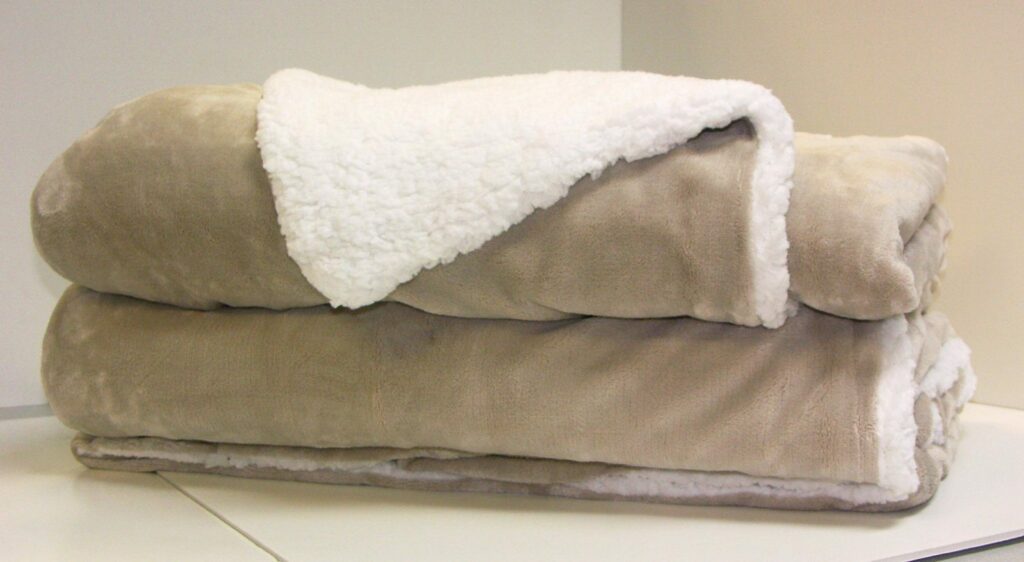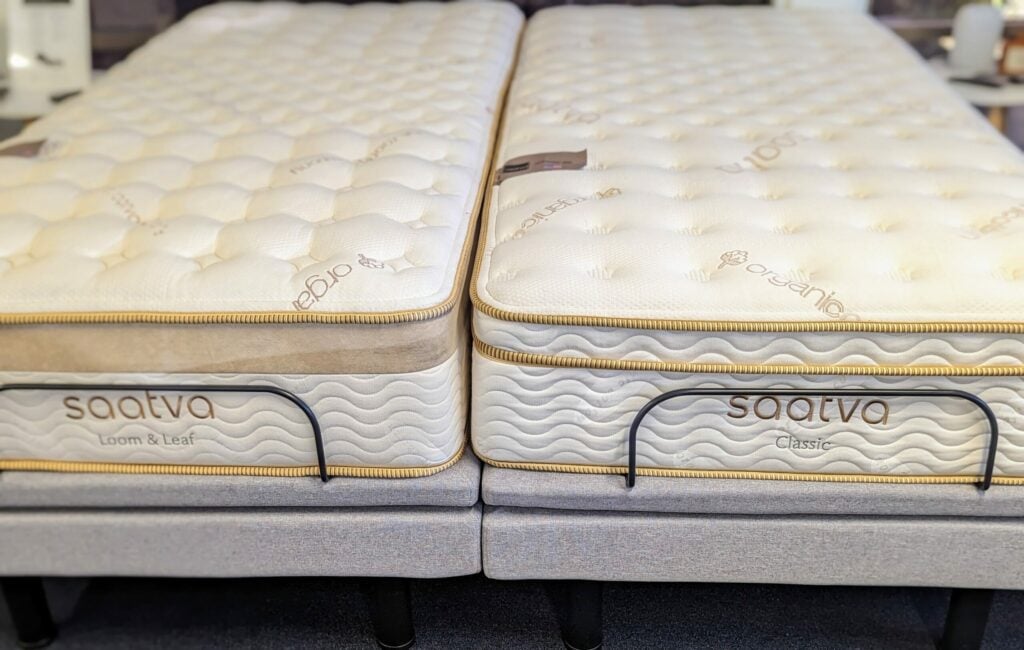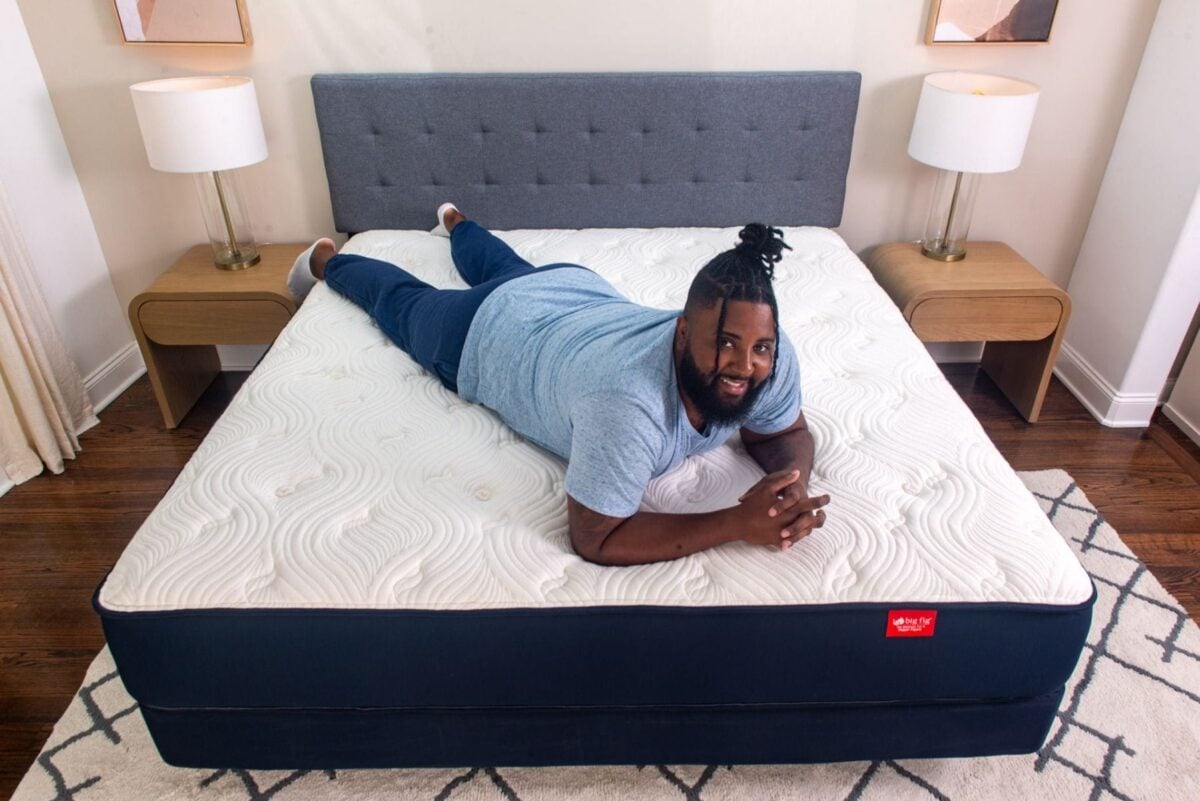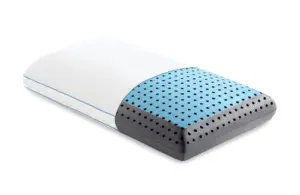Understanding Medicare Coverage for Adjustable Beds: What You Should Know
Adjustable beds have become a valuable asset for many individuals seeking relief from various health conditions, but questions often arise regarding Medicare coverage. Understanding Medicare’s policies can simplify this sometimes complex topic and help you secure the support you need.
Will Medicare Pay for an Adjustable Bed?
Yes, Medicare may cover the cost of an adjustable bed, but only if it is deemed medically necessary. To qualify for coverage, here are the key requirements you need to meet:
1. Doctor’s Prescription: A physician must prescribe the adjustable bed, explicitly stating its medical necessity.
2. Medically Necessary: The necessity must be clearly documented in your medical records, indicating that the bed is essential for your treatment or recovery.
3. Medicare-Approved Supplier: You must obtain the bed from a supplier that accepts Medicare assignment.
4. Coinsurance: While Medicare may cover 80% of the cost, you will typically need to pay 20% out of pocket.
I’m Ben Trapskin, the creator of Yawnder. Having navigated the complex world of Medicare coverage myself, I’m here to make this process clearer for you. Let’s explore how adjustable beds work, their benefits, and what you need to know about Medicare coverage.
What Are Adjustable Beds?
Adjustable beds are specialized beds that allow users to modify the position of the mattress. You can elevate the head, the feet, or both, creating various positions that can enhance comfort and alleviate certain health issues.
Why Consider an Adjustable Bed?
Adjustable beds aren’t confined to hospitals; they’re increasingly popular in homes, especially among seniors who require additional support. Here are some compelling reasons to consider an adjustable bed:
– Mobility Aid: They simplify the act of getting in and out of bed, significantly reducing fall risks.
– Enhanced Sleep Quality: Adjustable beds help find that sweet spot for sleeping, leading to a more restful night.
– Relief from Arthritis: Elevation can alleviate pressure on joints, making arthritis more manageable.
– Joint and Muscle Pain Relief: Modifying positions can relieve strain on painful areas, easing discomfort.
– Improved Circulation: Adjusting your position can help enhance blood flow and reduce muscle spasms.
– Battling Acid Reflux: Elevating the head can prevent stomach acid from rising, providing relief from reflux symptoms.
– Reduced Snoring: Keeping the airways open can lessen snoring, benefiting both the sleeper and their partner.
How Do Adjustable Beds Work?
Adjustable beds encompass a motorized frame, enabling you to adjust the mattress positioning. These changes can be controlled through a remote or even a mobile app, depending on the model. Some beds also come equipped with features like massage functions, under-bed lighting, and USB charging ports.
Types of Adjustable Beds Covered by Medicare
Medicare generally approves certain types of adjustable beds, which include:
– Basic Hospital Beds: These beds allow manual adjustments and are the most commonly covered.
– Semi-Electric Beds: These models offer electric head and foot adjustments while requiring manual height adjustments.
– Fully Electric Beds: These allow complete electric adjustments for head, foot, and height.
– Air-Fluidized Beds: These beds use air to minimize pressure on the body, suitable for patients with severe conditions like pressure ulcers.
– Pressure Pads: Add-ons that can provide extra support to regular mattresses.
How to Obtain an Adjustable Bed Through Medicare
Obtaining an adjustable bed via Medicare involves several steps:
1. Doctor’s Visit: Your journey begins with a detailed discussion with your physician about your health condition and the need for an adjustable bed.
2. Prescription: If deemed necessary, your doctor will issue a prescription, including specific details about your condition.
3. Documentation: Supporting medical records should accompany the prescription for Medicare approval.
4. Supplier Selection: Locate a Medicare-approved supplier using Medicare’s online tool or by calling 1-800-MEDICARE (1-800-633-4227).
5. Accepted Assignment: Ensure your chosen supplier accepts Medicare assignment, which helps you avoid higher out-of-pocket costs.
6. Rental or Purchase: Medicare typically covers bed rentals for the first 13 months, after which ownership is transferred to you.
7. Coinsurance Payment: Be prepared to cover the Medicare Part B deductible, set at $240 for 2025, and the remaining 20% of costs.
Additional Financial Assistance Options
While Medicare may cover a significant portion of the costs, there are additional ways to secure financial help:
– Medigap Plans: These plans can help cover costs Medicare does not, including coinsurance and deductibles.
– Medicaid: This program may assist with out-of-pocket expenses, especially for those with limited financial resources.
– Department of Veterans Affairs (VA): Veterans may qualify for financial support through various programs tailored to assist with medical equipment needs.
– Philanthropic Organizations: Non-profits may offer assistance to cover medical equipment costs, including adjustable beds.
– Community Programs: Reach out to local agencies or support groups that might offer financial aid or resources.
Frequently Asked Questions about Medicare and Adjustable Beds
Can a doctor write a prescription for an adjustable bed?
Yes, as long as the bed is deemed medically necessary, your doctor can prescribe one for you.
Does Medicare cover Tempur-Pedic or Sleep Number beds?
Medicare might cover part of the cost if these beds are medically necessary and acquired through a Medicare-approved supplier. Always verify eligibility and features with Medicare directly.
Conclusion
Navigating Medicare coverage for adjustable beds may appear daunting, but it’s manageable with the right knowledge. At Yawnder, we strive to simplify this process, ensuring you find the best solutions for your sleep needs.
While Medicare Part B can cover a significant portion of the costs for adjustable beds once specific criteria are met, resources like Medigap plans and Medicaid can provide added support. You don’t need to navigate this alone; consult with your doctor who can guide you in making informed decisions tailored to your unique health needs.
Explore our offerings at Yawnder to discover the ideal adjustable bed that enhances your comfort and sleeps quality. With the right support and information, a better night’s sleep is within your reach.


















